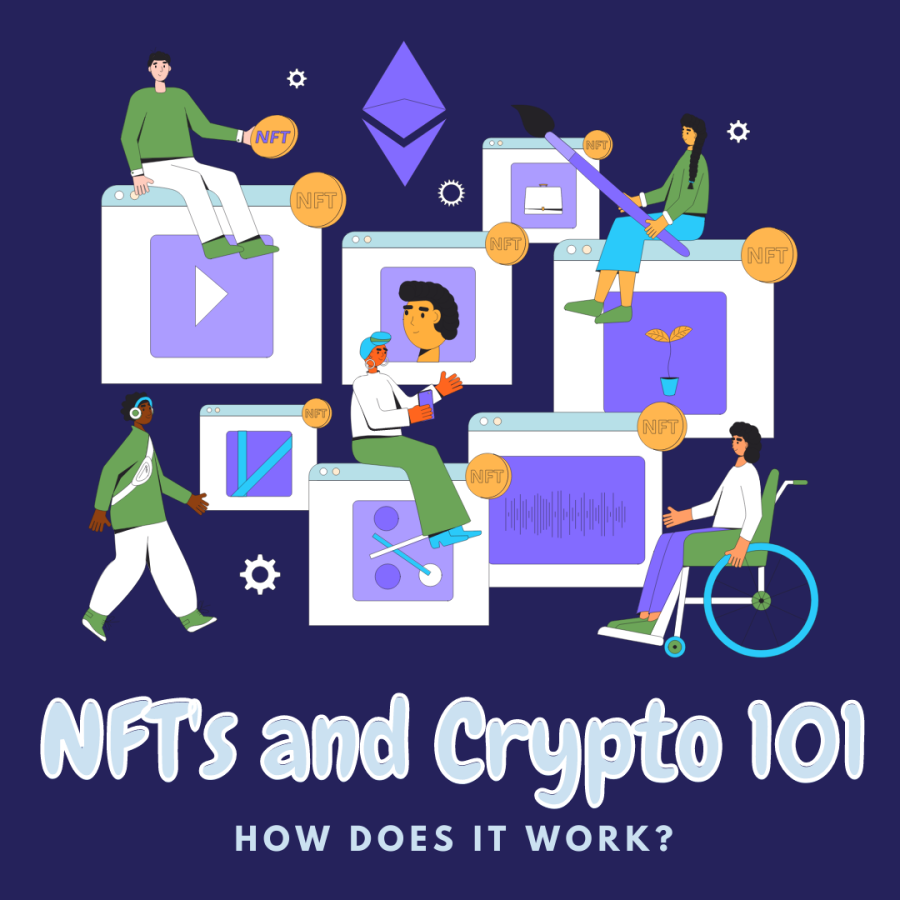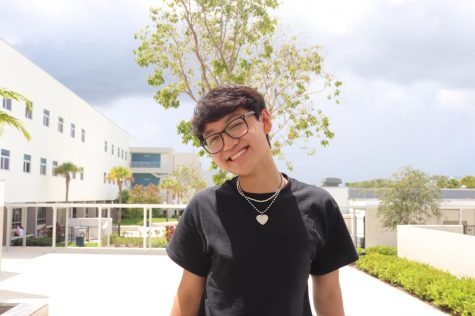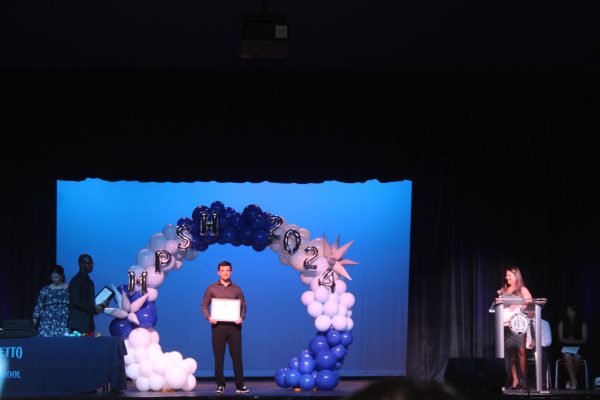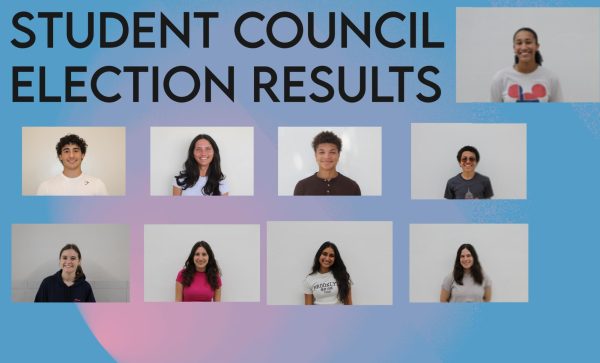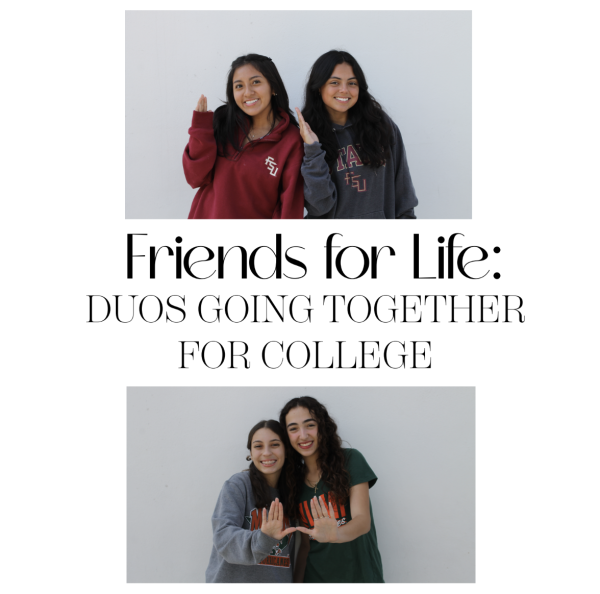NFTs 101: Behind the Blockchain
February 4, 2022
What is an NFT?
NFT stands for non-fungible token, meaning that the token is one of a kind. With something like bitcoin, you can trade one bitcoin for another and you end up with the same thing. NFTs, however, are similar to trading cards. If you traded a one-of-a-kind card for another card, you would end up with a different card.
When you buy an NFT, you are essentially purchasing the rights to assets like digital photos, graphics, audio or video, accompanied by a certificate of ownership verifiable on the blockchain — a digital ledger of transactions designed to prevent hacking and changes made to transaction data.
“When an NFT is sold, the transaction gets recorded and notifies every user or node of the blockchain that the transaction took place and the NFT and its digital properties now belong to the buyer,” Miami Palmetto Senior High sophomore who is writing an AP Seminar paper on NFTs, Owen Morris said.
The most common network to search for or buy NFTs is on Opensea, a marketplace for rare items and collectibles. Axie Marketplace, Larva Labs, Rarible and Nifty Gateway are other popular browsing networks.
A commonly asked question about NFTs: why can you not just screenshot them?
This question is similar to asking why you cannot just take a photo of the Mona Lisa, print it out and claim that it is the original.
Those who buy NFTs may look at them as investments, where they hope to eventually sell their NFT for more than they purchased it for. You can also receive offers on your NFT on various marketplaces like Opensea. If you bought an NFT for $600, you could end up receiving an offer for $1500 on that same NFT.
“Not everyone can pay thousands of dollars for an NFT so in a way it becomes a status symbol like an expensive car or designer brands,” Palmetto junior and NFT owner Juan Fernández said. “You can make lots of money in this growing space but also lose tons of money.”
NFTs definitely differ from other regular investments, not only due to the fact that they are digital artworks but because of the contracts that accompany them. The contract content is at the discretion of the NFT creator. They can choose to incorporate a part where they receive a royalty when their NFT is sold, meaning that they receive income from allowing someone to own their work.
What does it mean to ‘mint’ an NFT?
Minting an NFT refers to the transformation of a digital file into a crypto collectible or a digital asset on the Ethereum blockchain. From there, the NFT cannot be modified and remains stored in the blockchain. In simpler words, minting is adding a file to the blockchain; however, you cannot mint an NFT for free.
Growing popularity of NFTs
The digital art world has flourished since the release of NFTs with companies like Bored Ape Yacht Club and CryptoPunks excelling in the field.
“One of the most intriguing aspects of NFTs is the digital art itself,” Morris said. “Take the Bored Ape Yacht Club, a collection of 10,000 Bored Ape NFTs and its array of vibrant colors, intoxicated primates, and lucrative price ranges.”
Celebrities have also started to enter the business, whether it is buying NFTs or making their own. For example, Steph Curry released his own collection of 2,974 NFTs. NFTs can be anything; a photograph of Emily Ratajkowski standing in front of a photo of herself sold at an auction for $140,000.
Many celebrities have begun making their social media profile pictures their NFTs too. Jimmy Fallon has his Bored Ape as his profile — an ape in a sailor outfit — which he bought for $225,000. Martin Garrix has his ape as his profile picture as well.
“The NFT market has exploded in just a short amount of time,” Morris said. “To many young artists, NFTs act as a gateway to getting their art valued and appreciated by others in the vast digital landscape.”
NFTs have truly changed the business world as we know it. Musicians, artists and videographers now have a platform where they can share their work with a wide range of customers and communities.
“I believe that in the next 5 to 10 years NFT’s will be adapted by a bunch of different markets, and will be present in our daily lives as the technology continues to develop and grow,” Fernández said.



